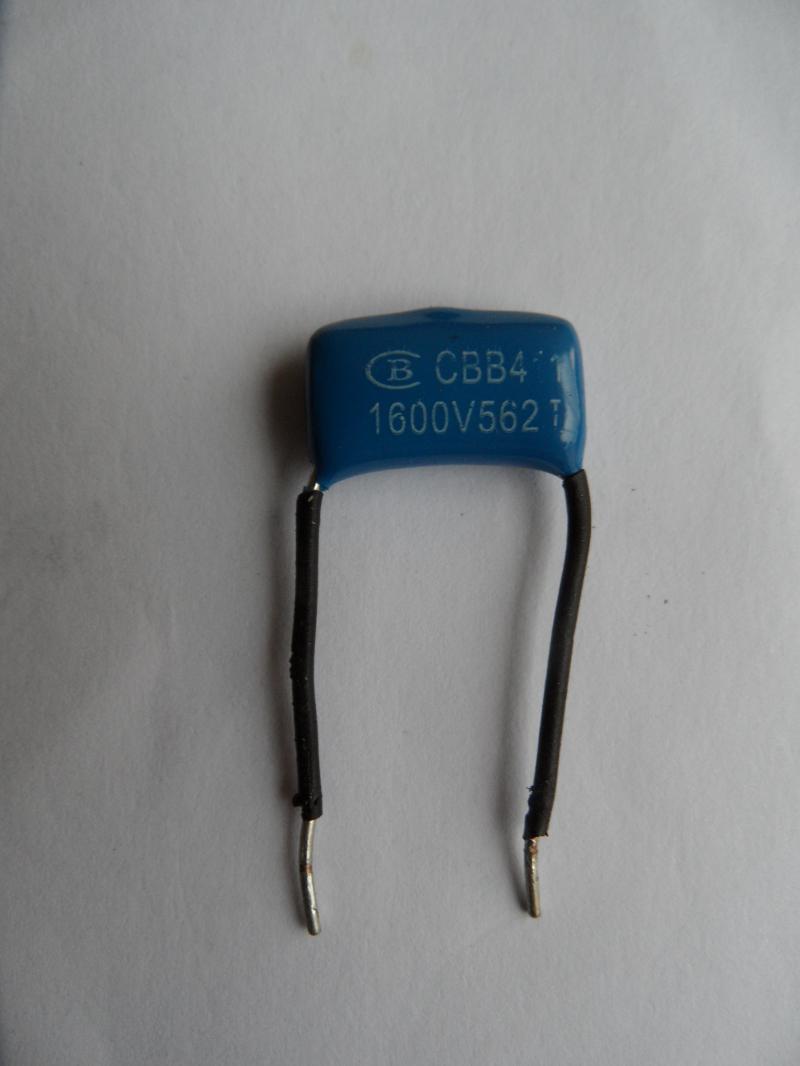Hi,i have a lifemax daylight reading lamp and when the bulb blew the replacement bulb would not work,i checked and there is live feed to the bulb holder,but on the other side of the bulb holder there is a resistor or capacitor of some sort (a picture is attached)and think this my have blown
can anyone tell me what it is and where i could get a replacement
can anyone tell me what it is and where i could get a replacement



